Christian ritual takes many shapes around the world. In Myanmar, it means animal sacrifice.
This week, Christians in most corners of the world are trimming trees, stuffing stockings and cycling through a litany of tiny rituals vaguely related to the birth of a child some 2000 years ago; Orthodox Christians will follow with their rites in the first week of January.
But faith in Christ takes many shapes across the globe, as photographer Rubén Salgado Escudero discovered in his travels through Myanmar. There, in the Chin State that runs along the western border of the country, Christian ritual comes with a decided absence of commercial influence.
The story of the Chin Christians is an unlikely tale of conversion. Shortly after the British colonized Myanmar in 1824, American Baptist missionaries began arriving in Chin State. By the middle of the 20th century, most of the Chin people had been converted to Christianity. The speed of the adoption was due to various factors, not least of all because the Chin’s belief system (called Khua-hrum) was so similar to that of Christianity. The Chin always believed in a supreme god who came from heaven, where they would go after life on earth. Tribal Chin stories were also remarkably similar to those of the Bible, such as the Tower of Babel, the Flood and the Virgin Mary.
According to traditional Chin belief systems and ritual practices, there was no worship without feasts, and no feasts without animal sacrifice. Sharing flesh and pouring sacrificial blood symbolized the communion between the people and its god, and this carried on through the Chin conversion to Christianity.
Though animal sacrifice is not specifically tied to Christmas, it has long been a central component of the Chin’s Christian rituals. Sacrifices take place around a sacred altar, which is carved a few days before the ritual begins, and is the centerpiece of the whole ceremony. First a rooster and a chicken are killed, their blood used to stain the great wooden altar. Next the animal is led up a hill and secured tightly to the altar. The men who will participate in killing the ox drink a homemade liquor and spit it on the altar and the animal to create a fluid connection between the two. Once the ox is facing the altar, the men unsheathe their bows and spears and the sacrifice begins.
The ox must only be stabbed on the left side of his body, where his heart lies. Arrows and spears pierce through the wild animal’s muscular torso: once, twice, more than fifteen times before its heavy body falls onto the warm, moist ground. A few minutes after the ox dies, the community gets to work: the women set a fire and mix spices and oils, while the men begin to skin and cut the ox in pieces to be eaten. The ox’s head is placed upon the altar so that the people can admire the sacred victim.
A feast begins, a social gathering of faith and appreciation, an act of communion in which God and worshipers unite by partaking of the flesh and blood of a sacred victim, all in the name of Jesus Christ. No lights, no wrapping paper, just a striking reminder of the many faces of Christianity.
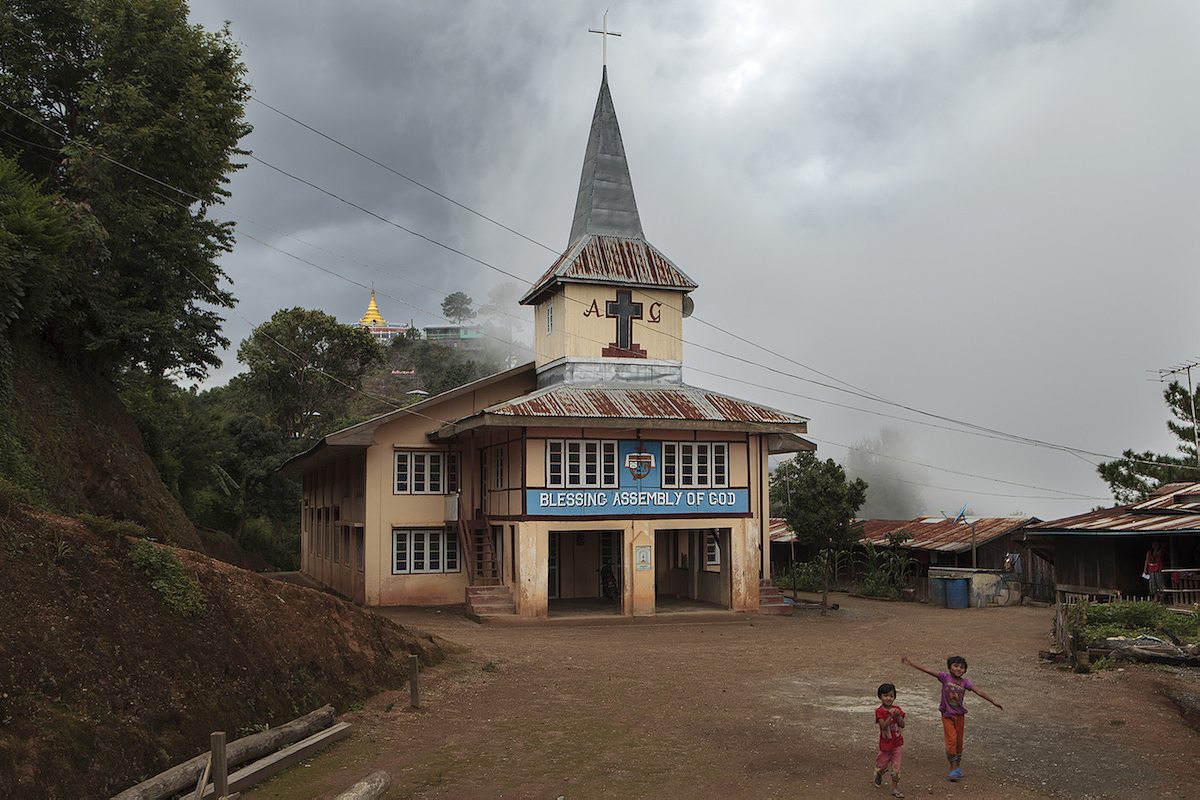
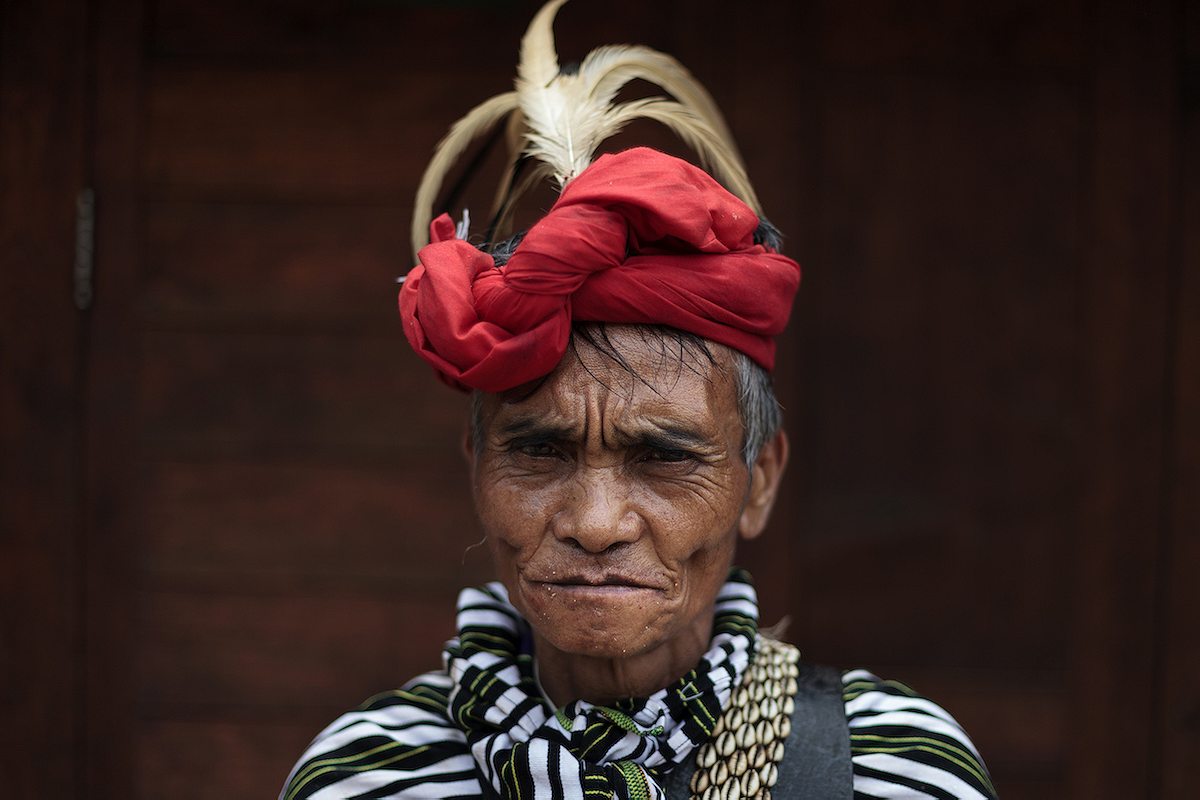
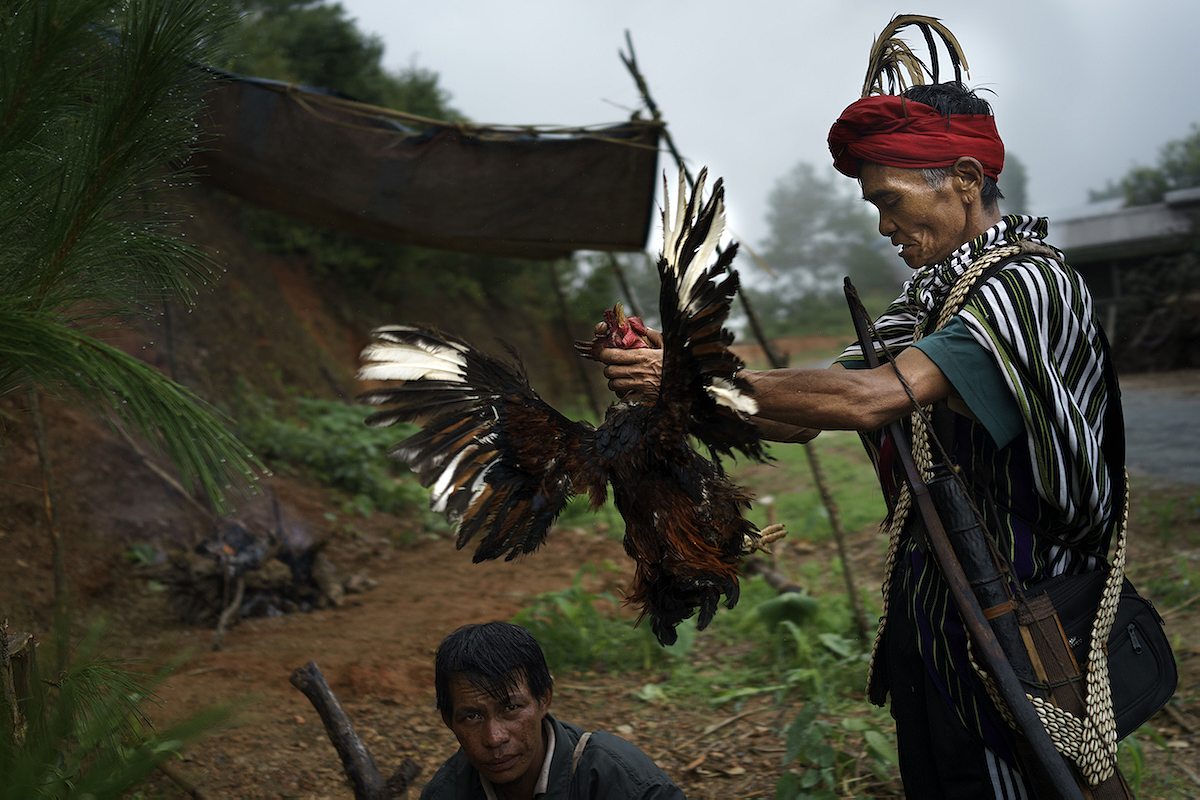
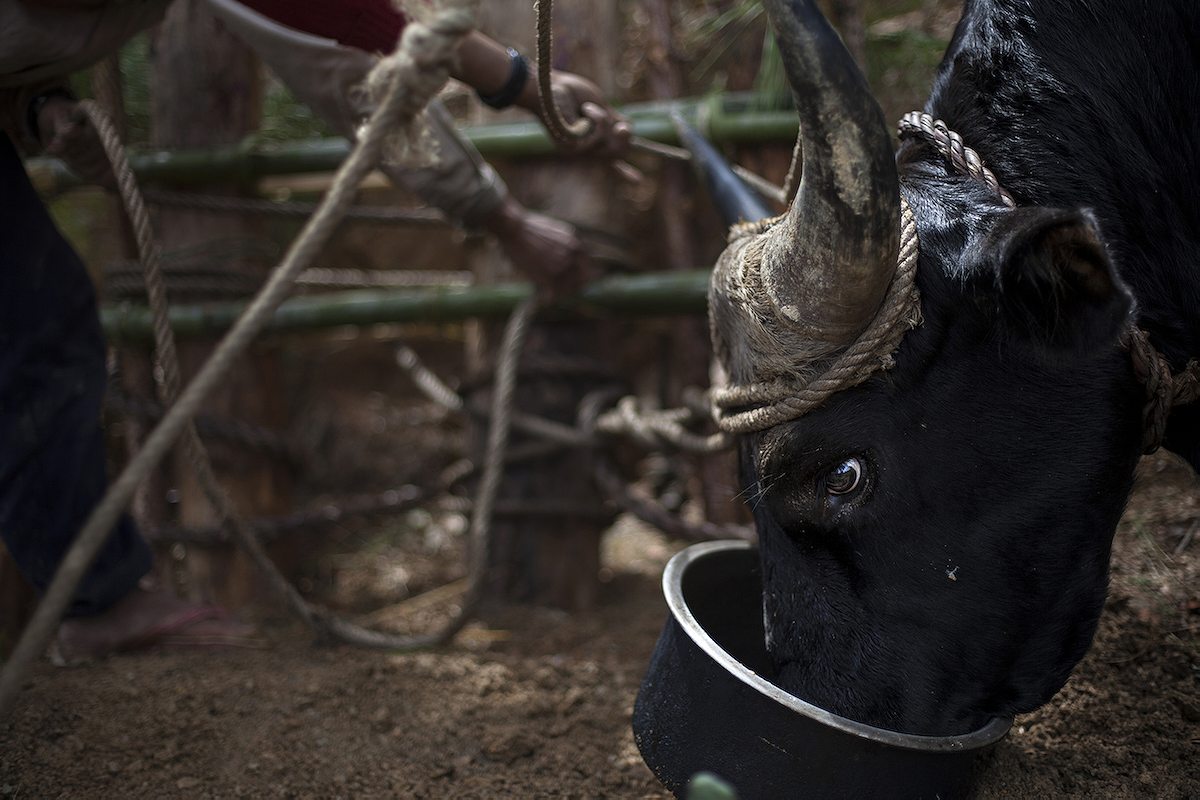
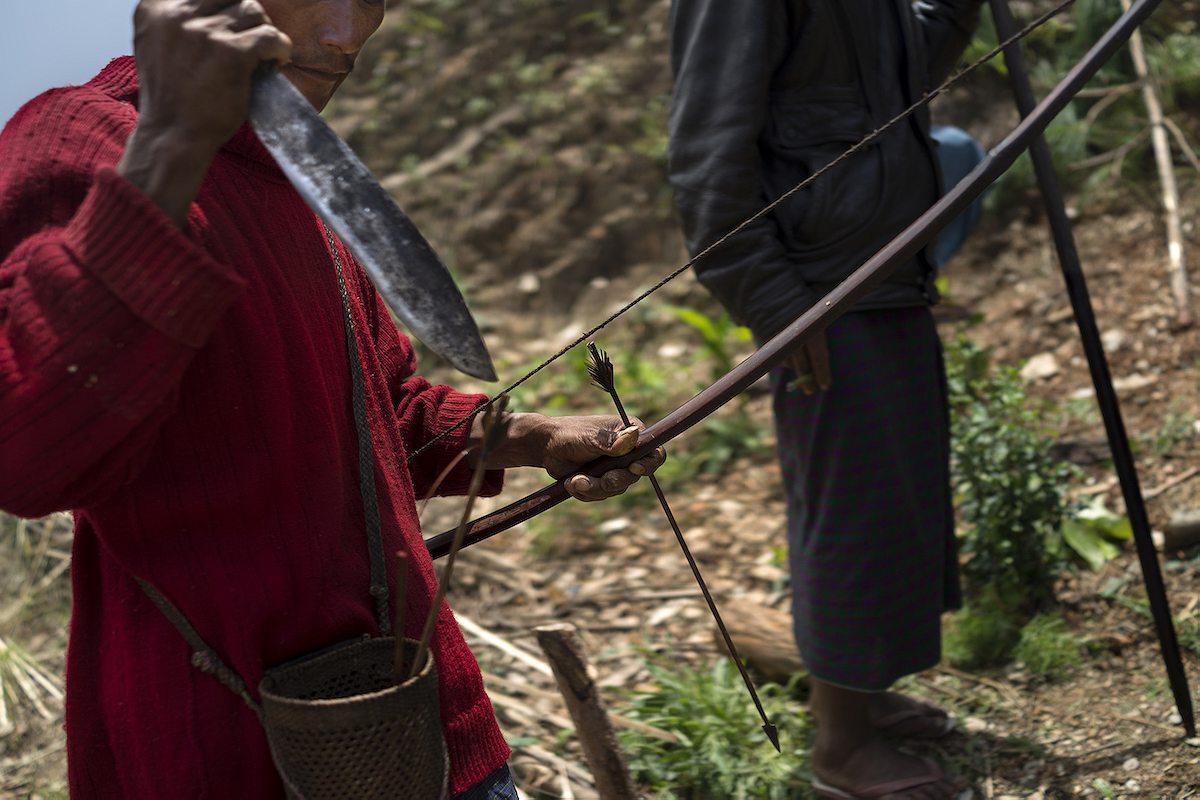

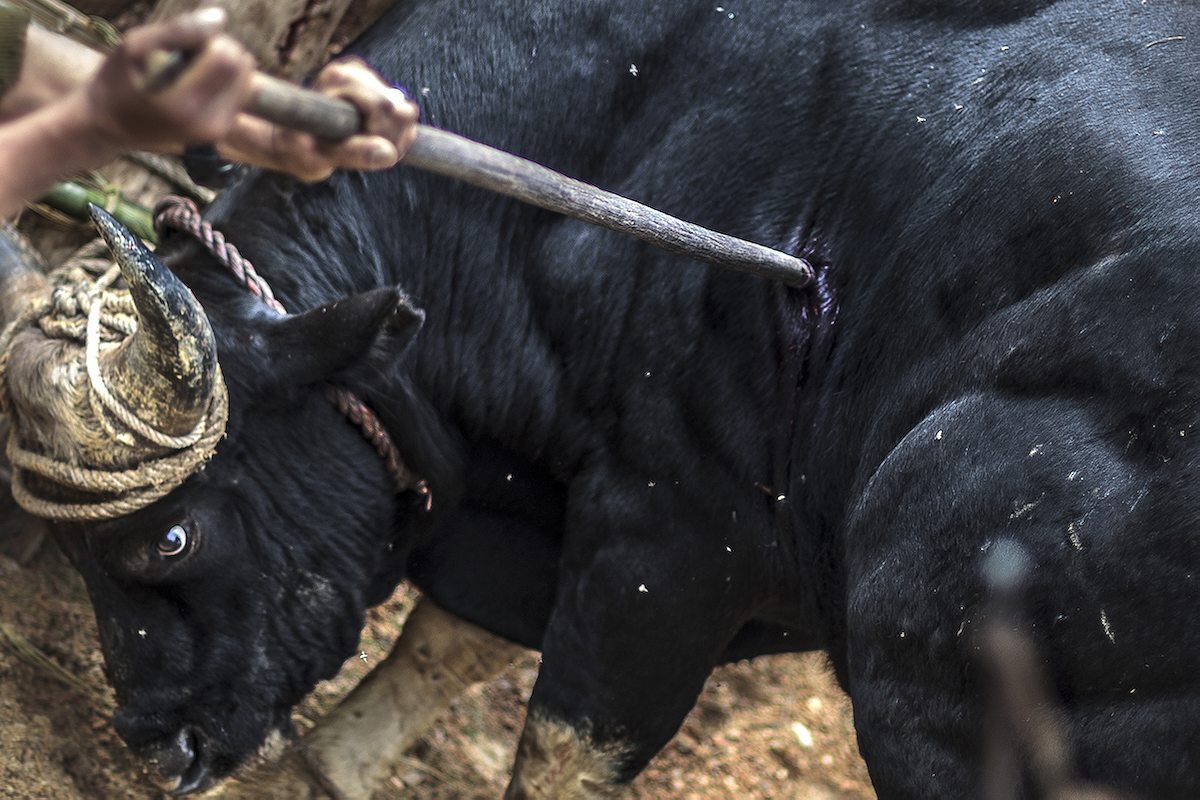
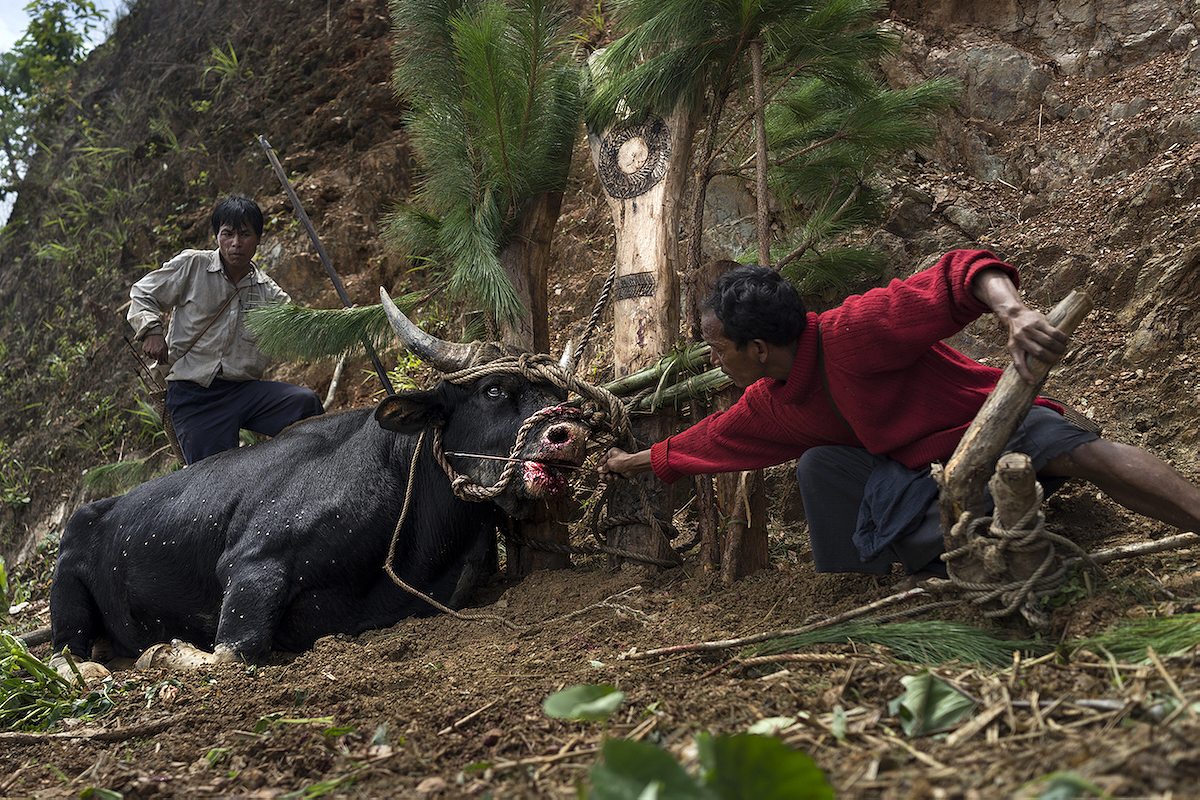
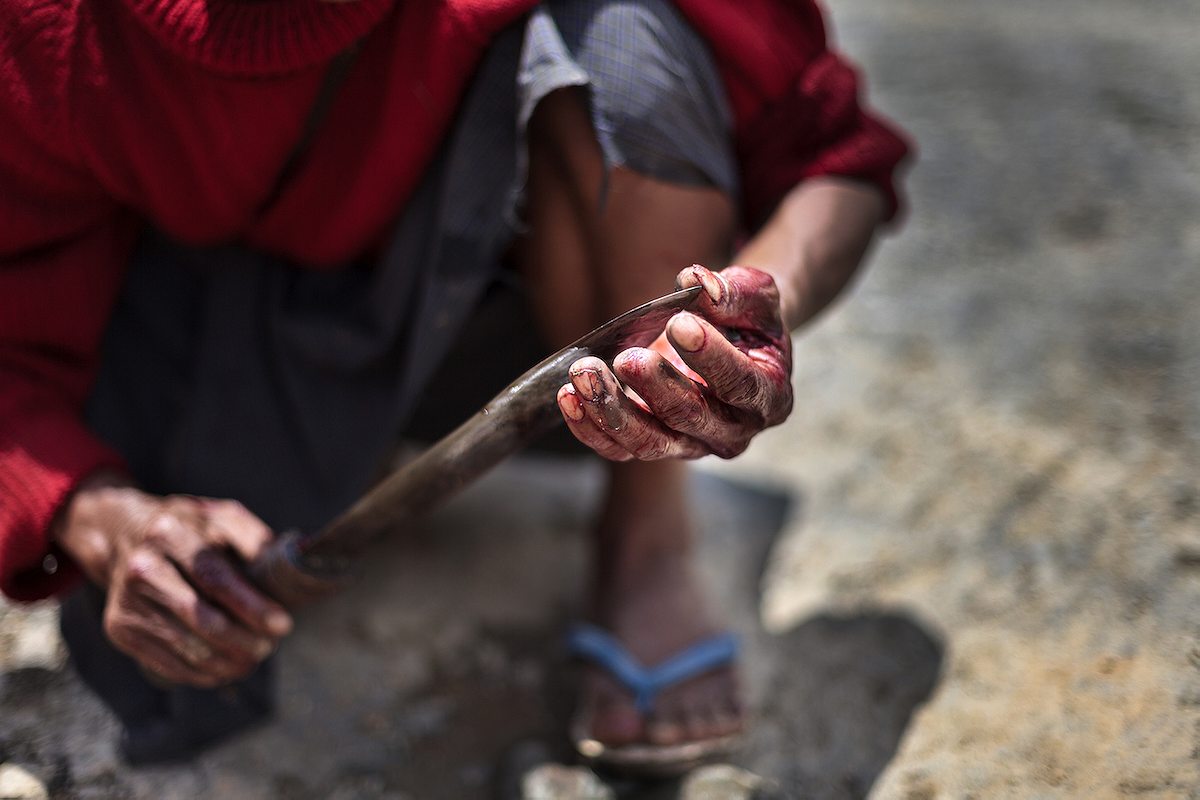
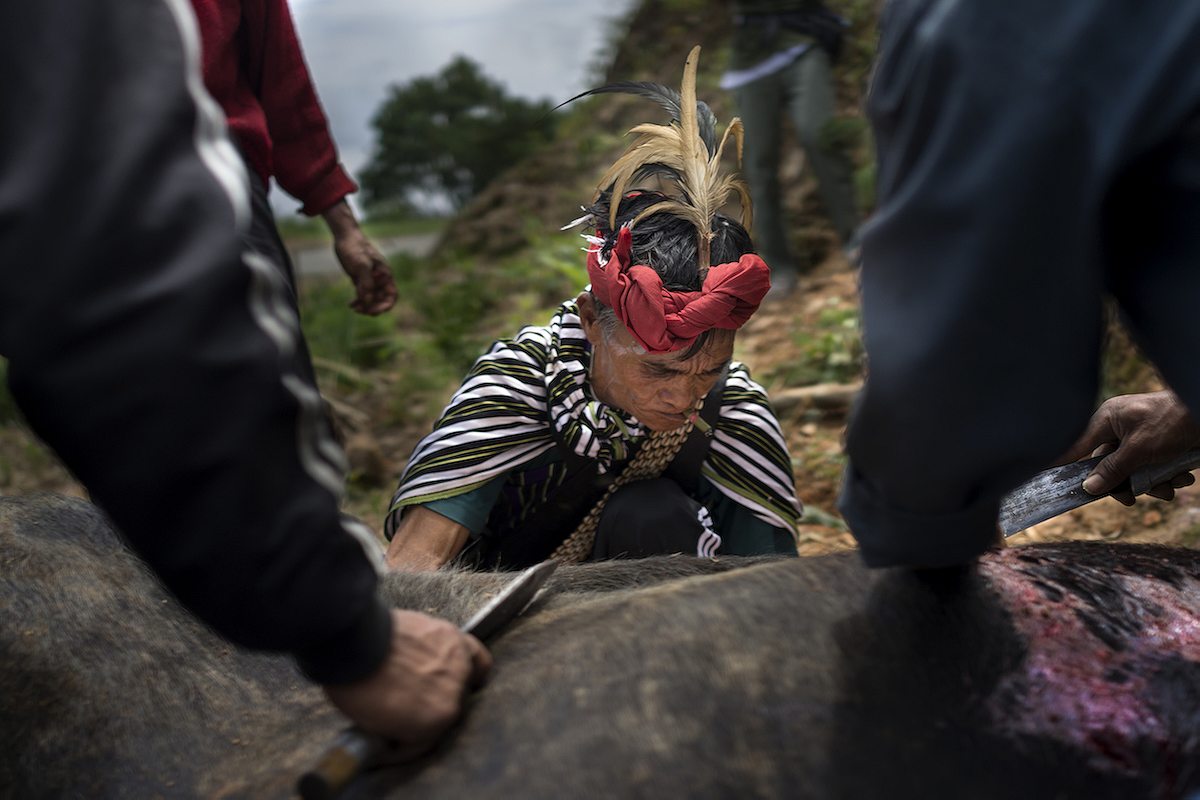
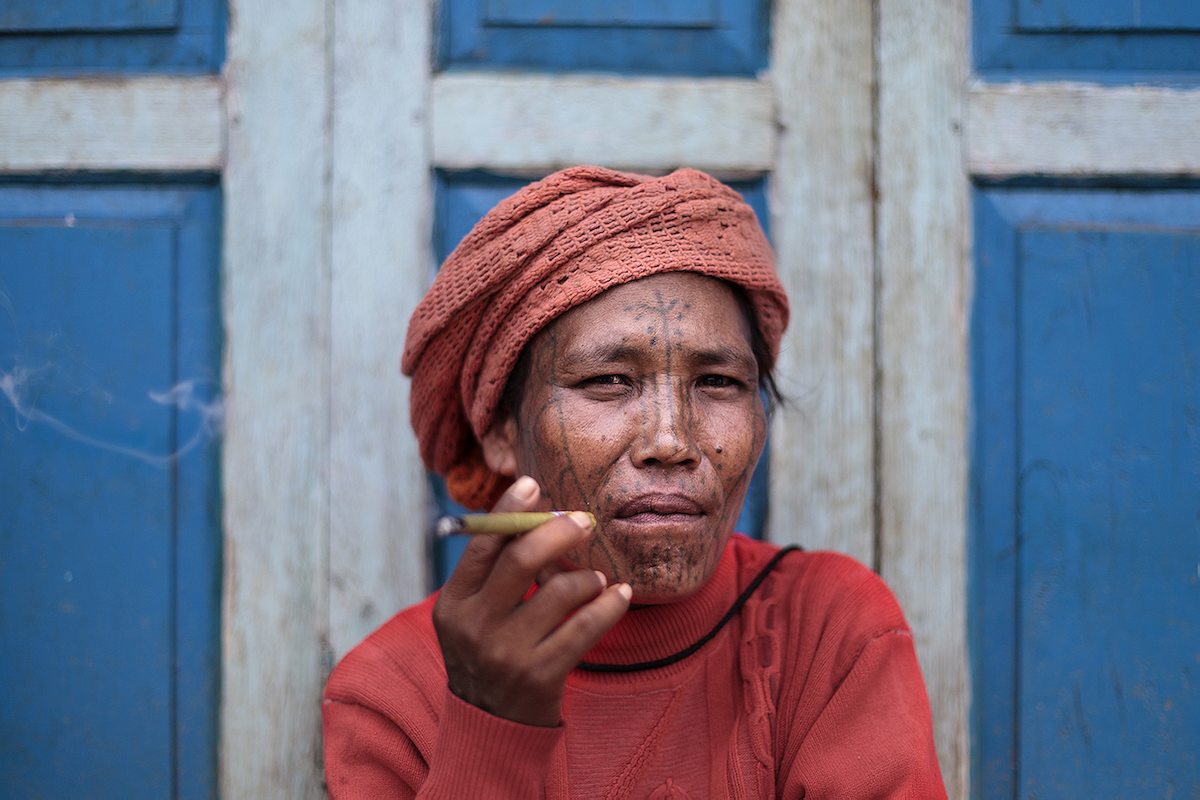

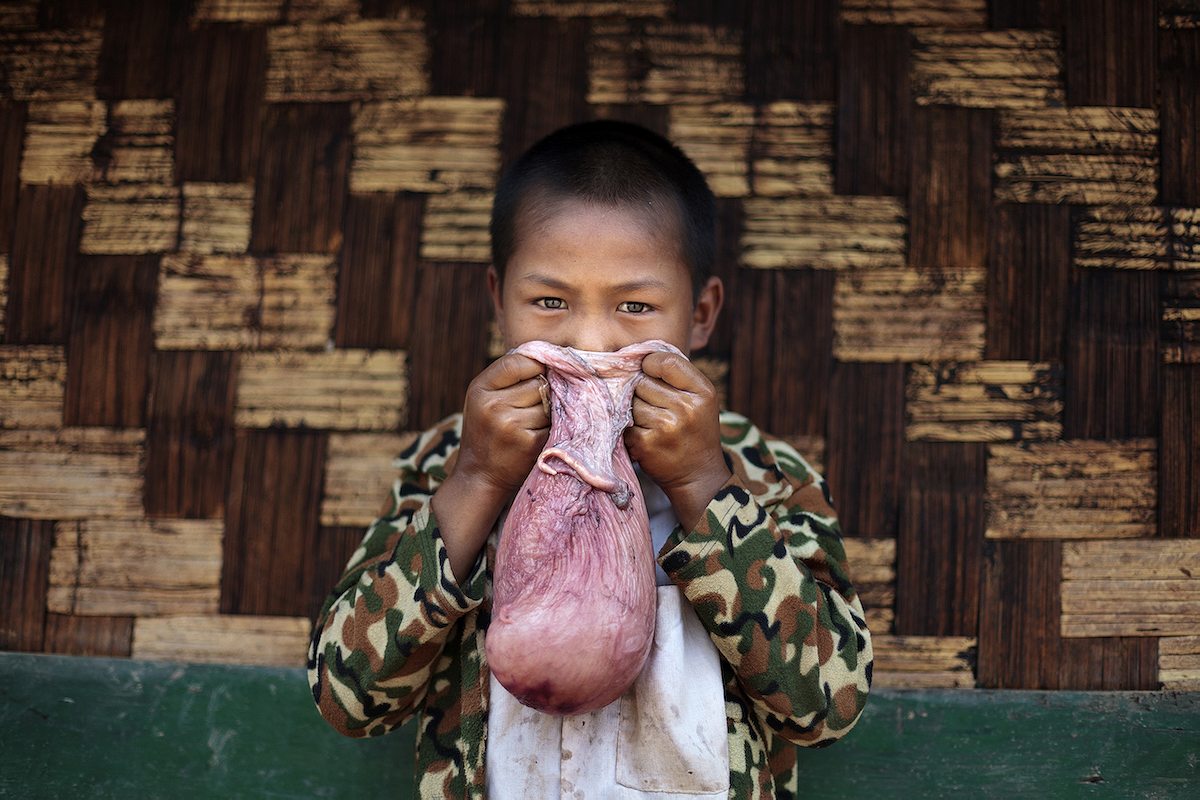
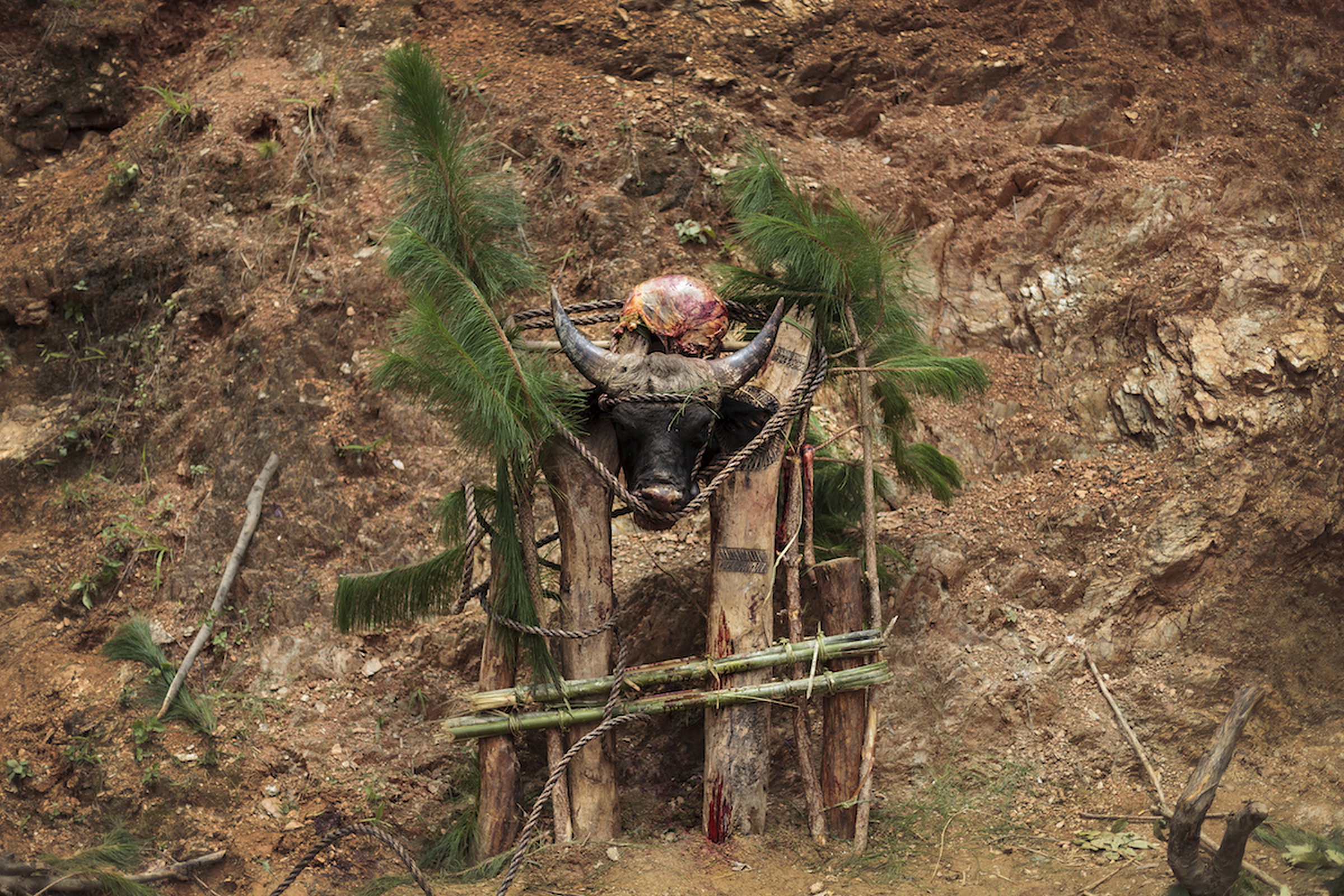
[Top image: The ox led up a hill towards the village where the ceremony takes place. Photo by Rubén Salgado Escudero]